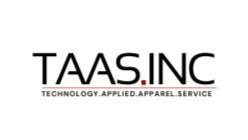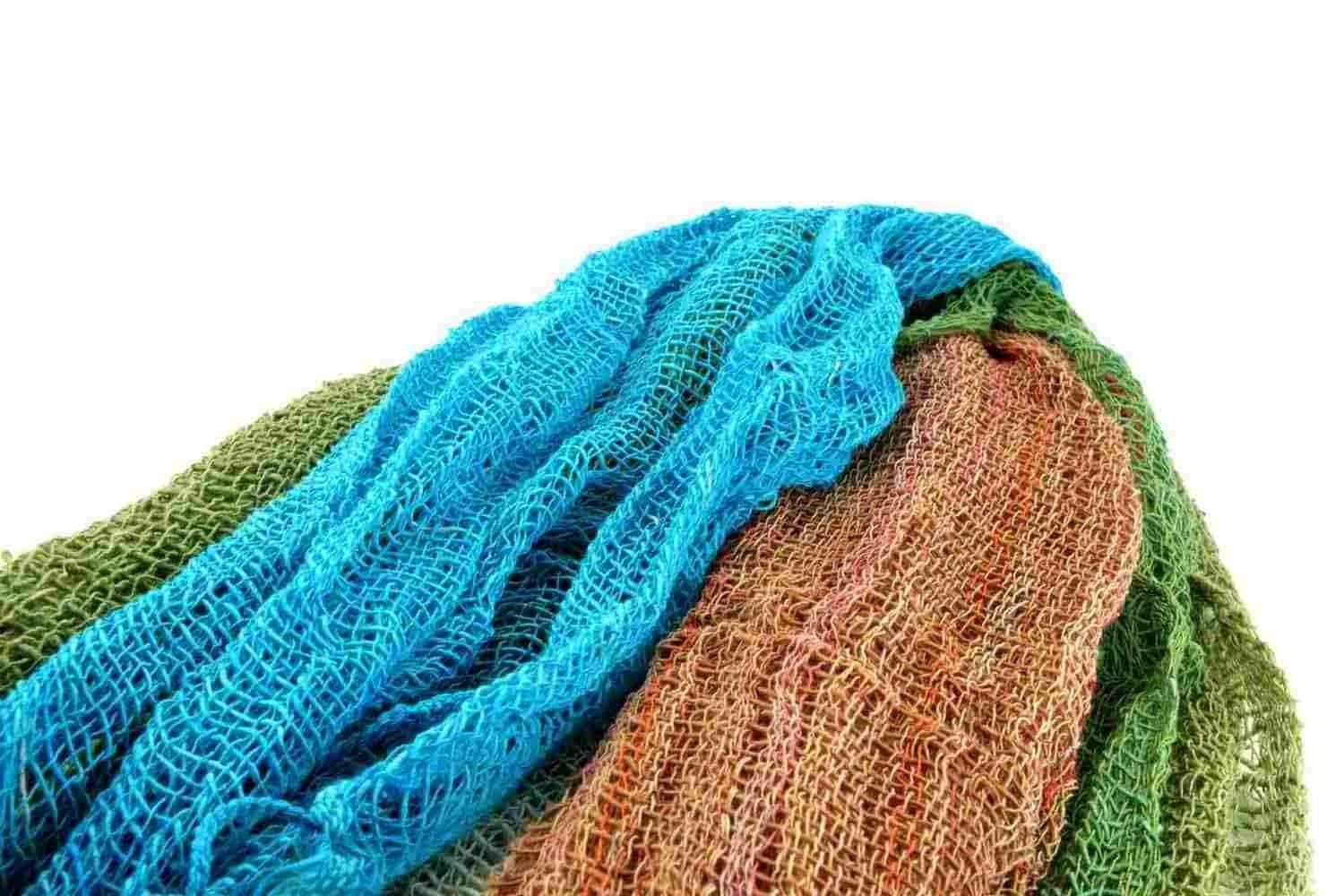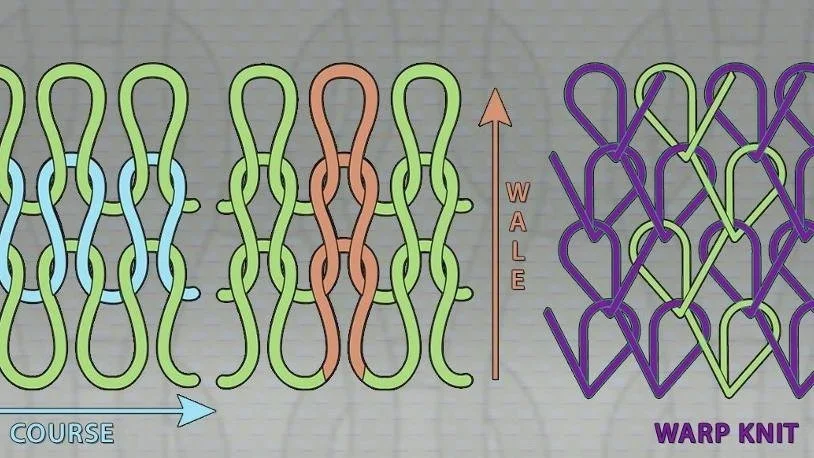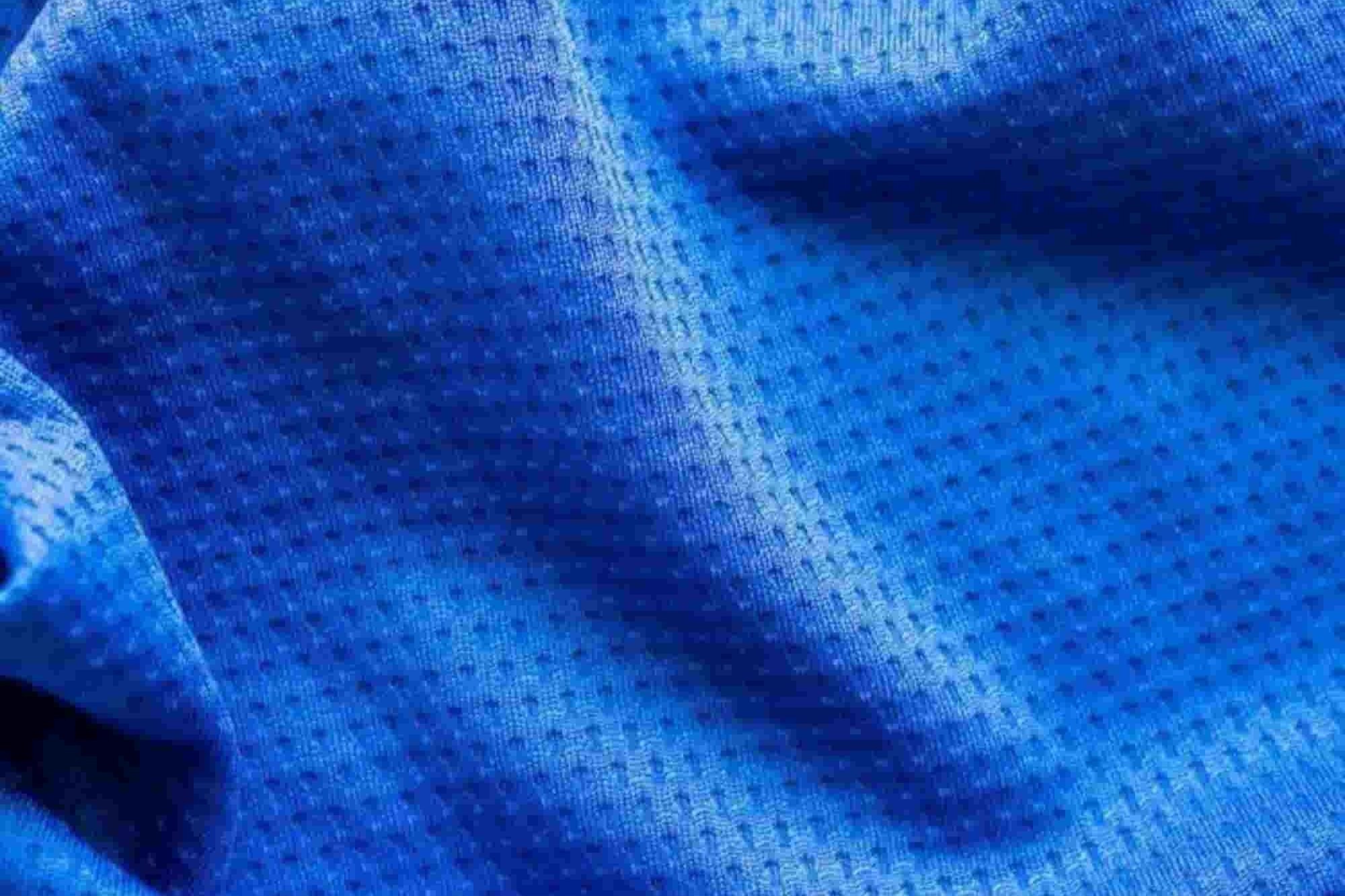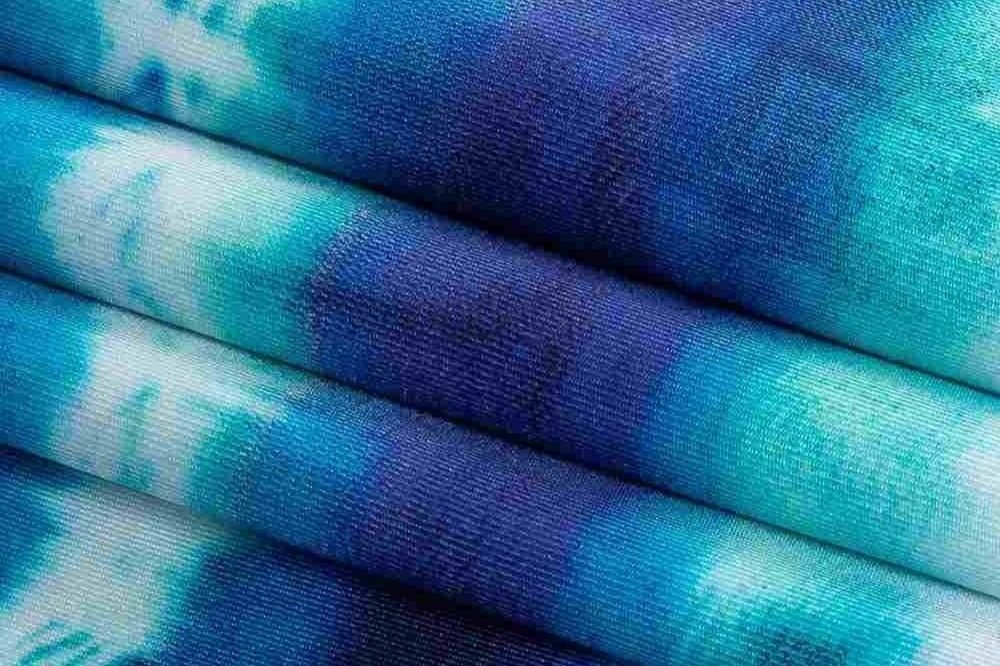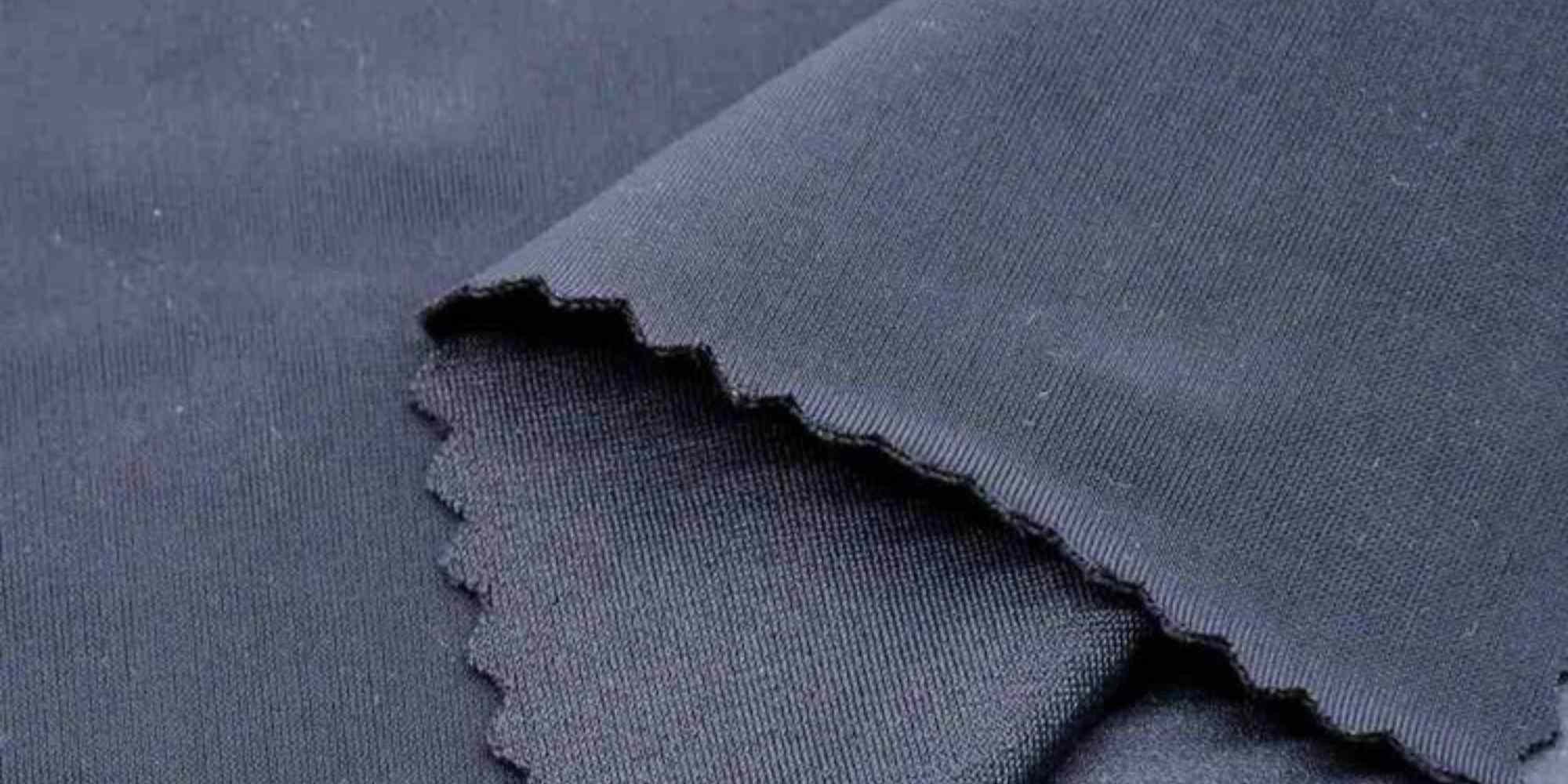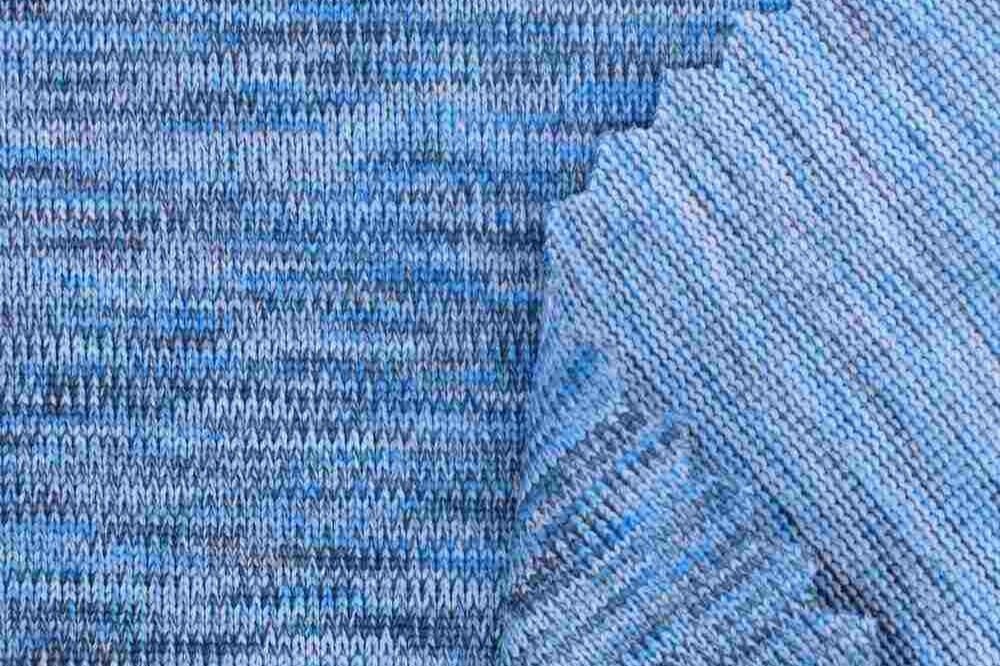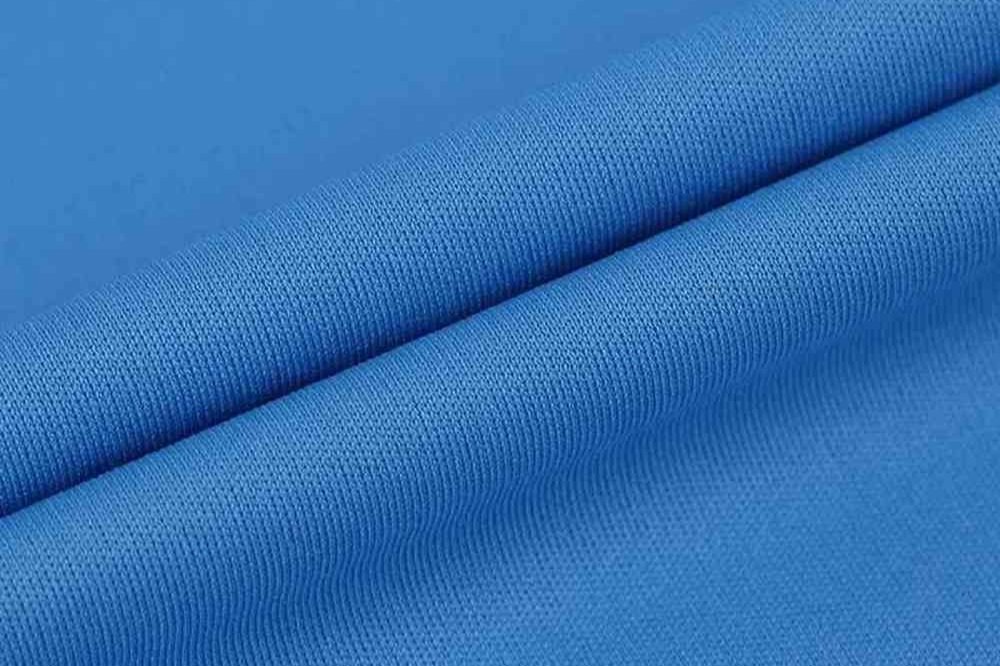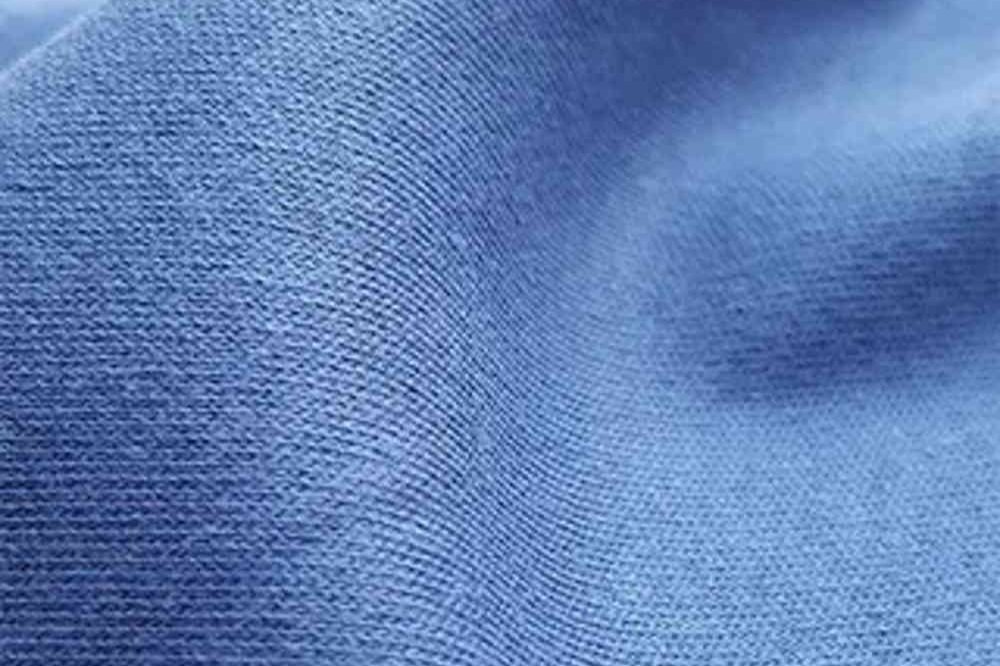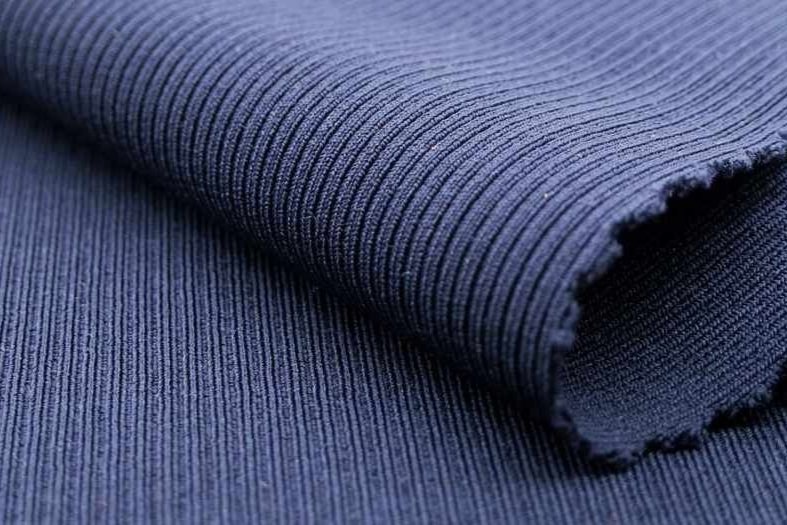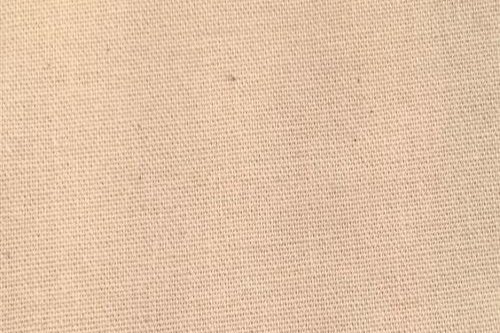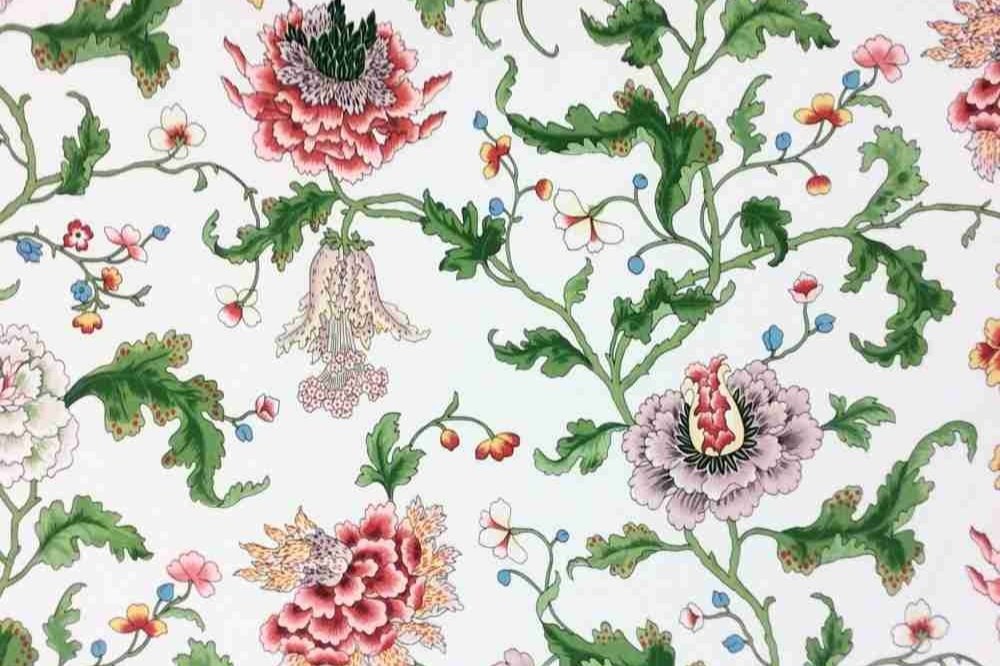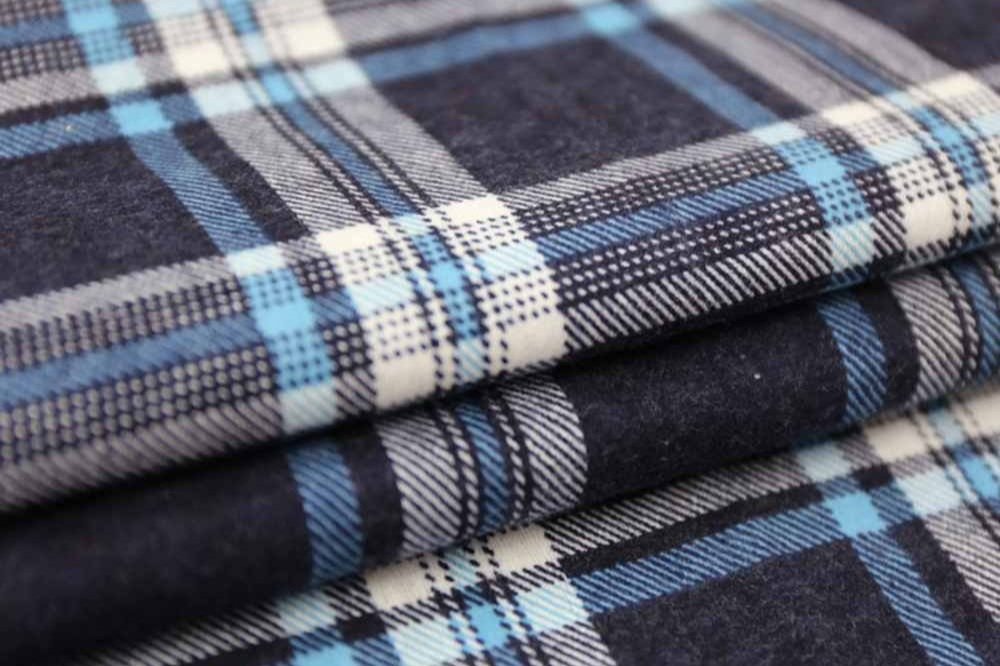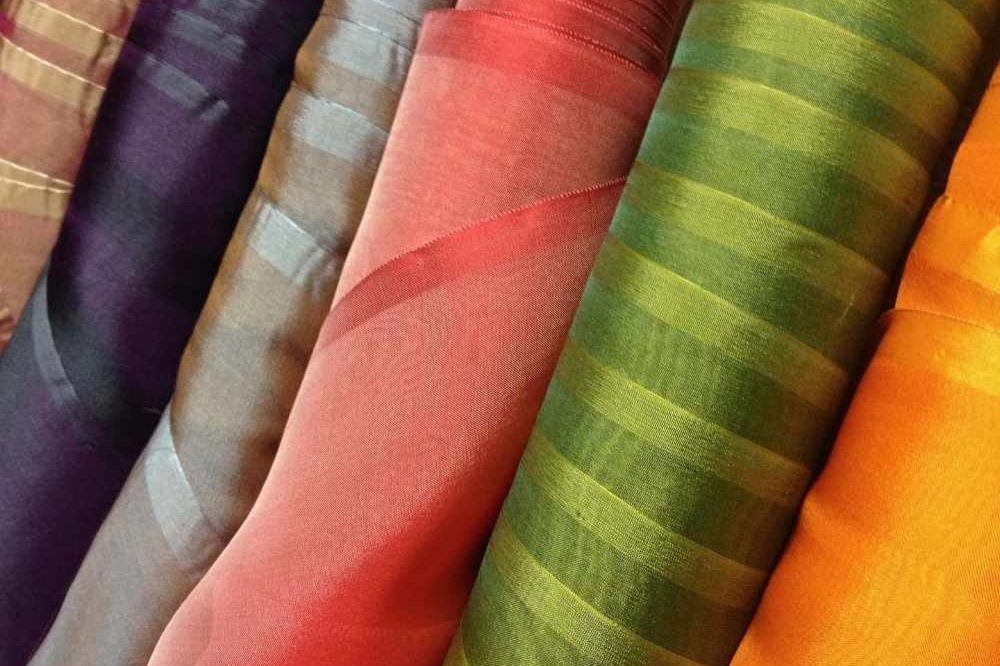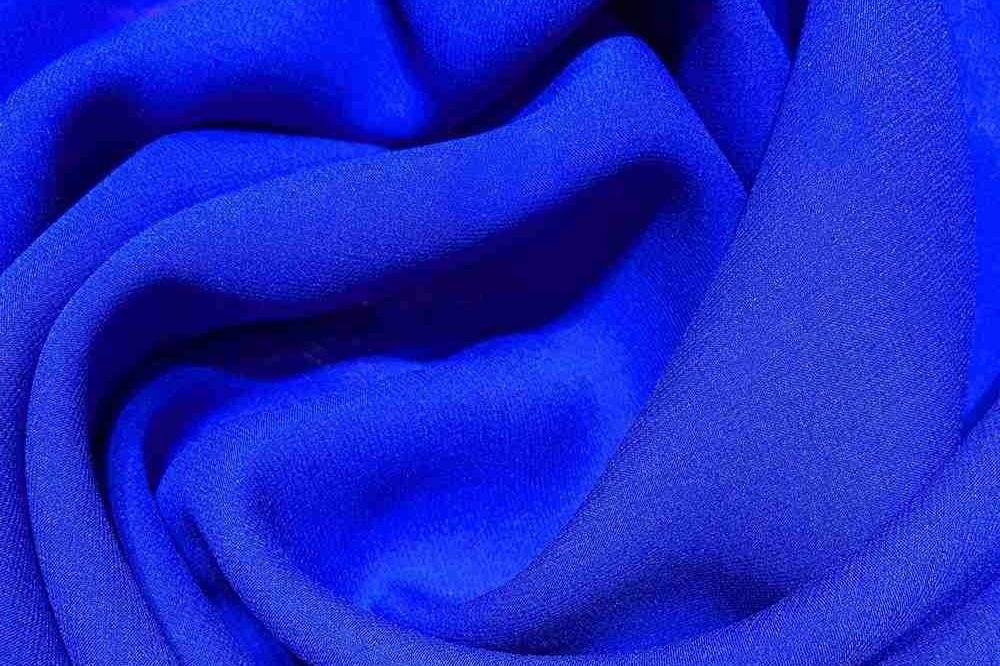Woven and Knit Fabrics-What Is The Difference?
TAAS INC.
November 7, 2022
Choosing the right fabrics is crucial when designing a clothing collection. Understanding the key properties and characteristics of knit vs. woven fabrics will help designers select the best material for their garments. This blog post explains the essential differences between knits and wovens and their common uses in apparel manufacturing.
Fabric Selection For Clothing Design
The clothing design process takes a lot of work. However, the right fabric choice for clothing design is necessary when designing the collection for the season, as the fabric's performance will define the fit and look of the final garment.
Proper fabric selection will significantly influence the final garment's look and sellability. Various materials carry "a life" within their properties and final applications.
For example, suppose the design sketch idea displays a flowy, dreamy dress depicting a romantic mood. Following the "mood" of the sketch, a designer will gravitate toward lightweight materials with good drape quality. Further narrowing the fabric choice for a particular clothing design will lead to searching fabric properties within woven and knit categories.
General Fabric Classification for Apparel
The primary fabric classifications are wovens, knits, and non-wovens. Each classified fabric group has its properties and characteristics. The property contains physical fabric attributes such as weight (e.g., 120 gsm) and content (e.g., 100% cotton). At the same time, characteristic refers to the fabric's response to external forces (elongation, elasticity, shrinkage, seam strength, etc.)
The fabric and design should find a match in the proverbial "fashion heaven" to match an initial designer's intention.
For example, the same design with specific specs will look very different in woven rather than knit fabric despite having the exact garment specification requirements.
The material's appearance, drape, and garment assembly in the factory will depend on the weight, content, weave, color, and finish. The properties of woven fabrics are much different than those of knit fabrics, hence the difference in the specs.
Knit Fabric and Knitting Process
Knit fabrics are stretchy and are made by converting one or more sets of fiber or yarn into fabric by looping yarns and forming the chain structure (lengthwise or widthwise). With the loop structure, the knit fabrics gain great elasticity. Knit fabrics are comfortable and have various end-use applications (from socks to lingerie, activewear, sportswear, and many more).
Further technical and construction details related to knit fabrics include the following terminology:
-knit and purl stitch (produced by knitting needles)
-wale and course (loop direction)
-weft, warp, and circular knit (type of knit structure)
-1-way stretch, 2-way stretch, and 4-way stretch (stretch directions)
-Stretch Ratio and stretch recovery (maximum stretch capability and retention of original state before the stretch)
-Shrinkage (percentage of fabric shrinkage after various treatments)
We highly recommend researching knit fabrics and how they are made so you can make better fabric choices for your clothing collection.
The staple garments of our wardrobe are often made of mostly knit fabrics.
In addition, knit fabrics are manufactured faster and easier than woven fabrics at a comparatively lower cost, making them a popular choice for mass-produced leisure clothing.
Warp-Knitted Fabrics Types
Warp knits are generally resistant to runs and relatively easy to sew.
The major characteristics are:
-the loops are lined up and are produced to the length of the fabric.
-stretches the most to the length of the fabric
-elasticity property is less than weft knitted fabrics.
-yarns are supplied from the beam
-at least one yarn is required for each needle.
-fabric design is done quickly.
-suitable for producing coarse fabrics.
Raschel Knit is a warp-knitted fabric made in a particular knitting machine with yarns from a warp beam. The face side of the material has slightly inclined vertical knitting loops. In contrast, the backside of the fabric has inclined horizontal floats, creating a three-dimensional surface effect. Rachel knitted fabrics do not ravel. You might recognize this fabric under subcategories such as mesh knit, bird's eye knit, or lace.
Raschel knits can be made using standard or novelty yarns (spun or filament yarns with different weights and blends), yielding variety in achieving interesting textures and good draping qualities.
The various raschel knits end-use include sportswear, athleticwear, outdoors, military, and bio textiles.
Tricot Knit
Tricot knit is knit warp fabrics created on a flatbed knitting machine by each needle looping its thread to create parallel rows of loops with interlocked zigzag weave patterns. This unique zigzag weave features lengthwise ribs on the right side and crosswise ribs on the wrong side, creating smooth and slightly textured fabric surfaces.
They don't have a prominent face, but the face has fine vertical ribs, and the reverse side has fine horizontal ribs. The properties of the tricot fabric are defined by the fiber content (the most common nylon/spandex blend or polyester/spandex blend), including additional fabric treatments that include heat-retention water absorption, quick-drying, antibacterial, and many more. As a result, Tricot knit fabrics are soft, have good drape quality, and stretch in all four directions.
They are often found in swimwear, lingerie, activewear, linings for knit garments, and other form-fitting and flexible clothes due to the 4-way stretch quality.
Milanese (Milano) knit
The fabric is knitted diagonally from two sets of yarns. It is soft, lightweight, run-resistant, and drapes well.
The most common use is for sweaters and dresses and can be used for collars.
Weft Knitted Fabrics
Weft knits are the most common and much easier to produce than other knitting techniques.
-the loops are lined up and produced to the width of the fabric.
-the fabric stretches along the width.
-it has higher stretch quality than warp-knitted fabrics.
-the shrinkage property is higher than that of warp-knitted fabrics.
-yarns are supplied from the cone.
-it can produce a wide range of fabric weights, depending on the yarn gauge.
Here are the most common weft-knitted fabrics:
Jersey or Plain Stitch. It has two different sides, with vertical ribs on the right and horizontal ribs on the wrong side. The fabric curls at the edges, inwards, toward the right side. Jersey is the most popular type of knit fabric due to its various colors, patterns, and helpful consumer properties – it is comfy, soft, and stretchy. Jersey knits are the fabric found in your typical t-shirt. Jersey knits stretch more in the width direction than they do in length.
Interlock. Unlike jerseys, both sides of interlock knit have lengthwise ribs and look the same. In addition, the fabric features good shape retention, medium or heavyweight, and a smooth texture.
Rib. It has visible vertical ribs on both sides. The fabric features a perfect crosswise stretch and a soft hand feel. Rib-knit fabrics look similar on both sides of the fabric, and they have an accordion-like look with vertical ribs that give the fabric its name.
Ribbing is notated by (number of knit stitches) × (number of purl stitches). Thus, 1×1 ribbing has one knit stitch, followed by one purl stitch, followed by one knit stitch, and so on.
Rib knits are found on the collars of t-shirts, cuffs, hems of hoodies, and sometimes the main fabric of the garment.
Purl. The purl knit fabrics are known as link-link fabrics. Originally, purl was referred to as "pearl" as it resembled pearl droplets. The construction of the purl knit is that the loops of one course are intermeshed in one direction, and the loops of the following course are intermeshed in the opposite direction.
The fabric is double-faced and has a 2-way stretch (crosswise, lengthwise). It features knit and purl stitches forming columns along the material's length. French Terry fabrics look like jerseys on the face side but have a loose, towel-like texture on the reverse side. You can find French terry in sweatshirts, hoodies, and beach cover-ups.
In general, the most commonly used fabrics for apparel knit manufacturing are:
100% cotton single jersey fabrics
Burn out single jersey fabrics
Lycra/spandex single jersey fabrics
French terry fabrics (inside brushed)
Micro- or baby terry fabrics
100% cotton double jersey fabrics
Pique slub fabrics
French terry slub fabrics
2×1 Rib fabrics
1×1 Rib fabrics
Grey melange fabrics
Grey melange slub fabrics
Fleece fabrics
French terry fabrics
Design terry fabrics
Pique fabrics
Woven Fabrics
Woven fabrics are made using threads/yarns going lengthwise – called warp – and threads weaving back and forth crossways – called the weft. They are perpendicular to each other.
Wovens usually don't stretch in either width or lengthwise directions, though sometimes stretch fibers like elastane or spandex are mixed in to create some stretch. Therefore, they have a beautiful drape and "stretch" when cut on the bias (at a 45-degree angle to the edge). A 1930s slip dress is an excellent example of woven fabric on the bias.
Woven fabrics use two or more sets of yarn interlaced at right angles to each other. Much variety is produced by weaving. Woven fabrics are generally more durable. They can be easily cut into different shapes and are excellent for creating styles in garments. However, the raw edges ravel or fray easily and need protection. Fabrics with a higher fabric count (number of warp and weft yarns) keep the shape well. Low-count materials are less durable and may snag or stretch.
Woven fabrics are manufactured in different widths depending on the end use. For example, the widths of the fabric used for apparel manufacturing are in the range of 48” to 108”. The median width is approximately 51” to 53” (cuttable width 50” to 52”).
Here are some examples of woven construction and its application.
Plain weave is used in many popular fabrics, including quilting, cotton, muslin, tweed, and chambray. Plain weave fabric can have many purposes depending on the threads' thickness and how tightly they are woven. It is common in blouses, shirts, trousers, outerwear, and many other items.
Twill has a diagonal structure. Twill weaves are often used on pants and jackets. Denim is a twill weave fabric with a colored warp and white weft.
Satin weaves create a sheen on the fabric's surface by having the warp skip or float over several weft threads. Satin is often used for bridal, sleepwear, and lingerie special occasions.
Jacquard weaves are complex weaves that create intricate patterns of many colors. The weave is made on special looms; these fabrics are used in clothing on lined formalwear and jackets.
Other Fabric Classifications
Non-woven fabric structures don't have defined grain-like knits. Instead, wovens are constructed with loose bonding fibers instead of knitting or weaving yarns. Felt is a standard non-woven fabric we probably all remember from grade school craft time. In apparel, felts can be used for coats and other lofty garments.
Batting and interfacing are also non-woven fabrics used in clothing as a fortifier, especially for structured garments.
Woven Fabrics for Apparel Manufacturing
The most common woven fabrics used for apparel manufacturing:
Muslin is light open plain weave fabric suitable for summer dresses and utility use. The name originates from the city of Mosul, where the first fabric was made.
Denim is a yarn-dyed, warp-faced cotton twill fabric. The typical denim "look" comes from how the warp and weft yarns are dyed. The warp color is in various blue shades, while the weft is white. Denim fabric widespread use is for jeans.
Poplin is a medium-weight cotton fabric generally used for shirting and dresses.
Chintz is a medium-weight, plain woven cotton with a glazed finish. It is used for dresses, blouses, and pajamas.
Gabardine is a closely woven, durable, clear-finished warp-faced twill fabric. The woven count comes in 2x1 or 2x2 twill and has a raised diagonal twill effect on the right side of the fabric. It is used for raincoats, suitings, and sportswear.
Flannel is a woolen fabric with plain or twill weave with a soft hand. It is used for shirts, suits, and pants.
Corduroy is a cut pile fabric recognized by the prominent rib feature on the fabric's surface. It is used to make pants, shirts, and casual jackets.
Chiffon is a lightweight, sheer fabric made out of hard twisted yarns. It is usually used for women's evening wear or garment overlays.
Georgette is a lightweight, sheer fabric with a plain weave. The fabric has a typically rough texture produced by hard twisted ply/yarns in warp and weft directions. It is used for women's evening wear.
This article is just a snapshot of the complex topic of fabrics, their types, construction, and characteristics. In addition, the variations of each are myriad. For that reason, it is challenging to translate each knit or woven variation in a digital environment.
We covered digital fabrics in our blog Digital Fabrics for 3D Clothing Simulation. You will learn more about the tech aspect of portraying a fabric property in a digital environment.
See TAAS digital services to learn more about digital fashion and 3D technology-supported product development for clothing.
Reference:
fashion incubator- Textile Performance
sincerelyrylee.com- Knit Fabric Descriptions
Alison Hoenes-Finding the Right Fabric for Your Design
Basics of Knitting by Vasant Kothari - SlideShare. https://www.slideshare.net/kotharivr/basics-of-kniting-by-vasant-kothari
blog.makersvalley.net- Understanding the Basics of Fabric Construction
Bosforus Textiles-Rachel Knit Fabric
Rib Fabric | Types and Characteristics | Leartex- Learn Textile |
www.scribd.com -Basics of Knitting Purl and Interlock Fabric
Knit Fabric – Characteristics and Designs - Tissura. https://tissura.com/articles/knit-fabrics
bsamply.com- What are Woven fabrics?
Interested in Fashion Technology and Innovation?
Sign up to receive news and updates.
